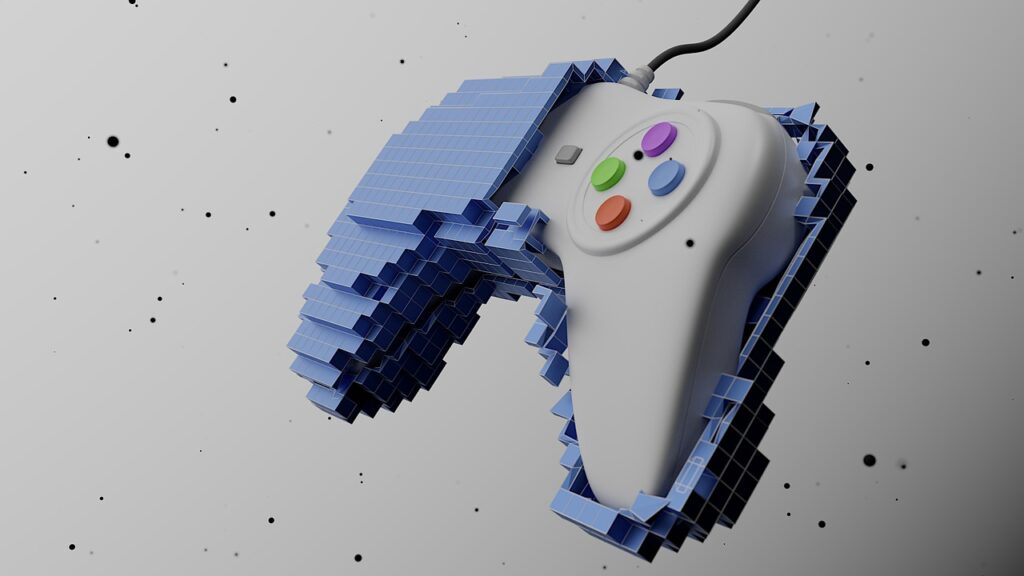Learning game design is a multi-faceted process that can be approached in a number of different ways. Both Udemy and Coursera have game design courses you can take advantage of, and in the process, you can learn to build video games through a variety of coding languages and design engines. But what a lot of beginning game designers ultimately want to know is what sorts of games they’ll be able to design as they learn the process.
This is a valid question to ask, because individual game design is somewhat limited in scope, in that no one developer can create, say, a full-fledged console adventure or online MMO. These projects are possible for a highly capable individual in theory, but it is a robust team effort — often incorporating hundreds of developers — that brings us these games. Nevertheless, starting with the basics of game design can ultimately prepare you to work on a project like one of those. And in the meantime, there are plenty of simpler game constructions and genres that you can practice with, and ultimately create on your own.
No video game is easy for a beginner. But the following are among the easier projects for those new to game design to focus on.
2D Puzzles
It’s widely acknowledged that the simplest sort of game design to start with is a straightforward 2D puzzle that involves little in the way of graphics, outcome variation, or complex control. Some new developers ultimately start by creating imitations of existing games that would fall into this category, such as Minesweeper, or even Ms. Pac-Man. Above all other games though, Tetris comes up most frequently as a popular 2D game that a beginning developer can imitate for practice.
There’s a very helpful Angular In Depth post featured on Medium that delves into precisely how to build a stripped-down Tetris imitation via Angular. Others, however, have had success creating their own versions of the game in JavaScript (which may be more useful as a building block for future projects). Specifics aside though, taking on a game like this makes for a manageable early project.
2D Platformers
Following the creation of a puzzle game or two, the next logical step forward is to take on a platformer in two dimensions. These are timeless games that have basically been around since the very earliest days of video gaming. Some of the old classics (early Donkey Kong games, the first versions of Prince Of Persia, etc.) can still be found at the online arcade or retro download sites. Additionally though, a recent list at Make Use Of shows us that there are still very popular, more modern platformers being enjoyed via consoles like the Nintendo Switch.
What you’ll notice is that the game graphics have advanced and now employ more 3D elements — but the actual games still take place on a 2D field, which is primarily what keeps development from becoming too complex. The easiest way to develop a game like this is perhaps through the GDevelop mechanism, which simplifies the process and takes some of the fundamental design out of it. That said, you can work your way toward creating a platformer from scratch via Java, JavaScript, and even Python, as well as via the Unity engine (which uses C# and C++).

3D Slots
The 3D slot category may seem like an oddly specific next step up, but the truth is they represent perhaps the clearest line between simple 2D and slightly more complex 3D games. This can be difficult to get a sense of if you simply encounter a slot reel occasionally on the internet because different sites feature different types of games. However, Foxy Bingo’s games do a particularly helpful job of illustrating the divide. On this platform, titles like Buffalo Blitz II and Hall Of Gods are almost entirely 2D and would be relatively easy for an intermediate developer to imitate. On the other hand, games like Gonzo’s Quest and Warlords demonstrate similar designs with more 3D elements.
The difference is subtle, but it marks about the shallowest step one can take from 2D into 3D gaming, which is why designing a 3D slot can be good early practice for a developer eyeing more complex projects. It is possible to create a proper 3D slot via Java, but these days, because of compatibility with Unity, it is more common to opt for C#, C++, or JavaScript.
3D Mobile Adventures
Following an early 3D project like a slot reel (or perhaps a 3D version of a puzzle game), it’s possible to move on to a more complex project still. However, given what we noted above about how much effort goes into larger video games, it’s important to recognize limits. Realistically, a 3D adventure or shooter game for mobile play is about the biggest project an individual can hope to take on (and even this is a very big job).
The good news is that the mobile adventure category invites all kinds of creativity. Last October, an Android Authority article looked at some of the best 3D mobile games and even in a list of just 15 titles touched on racing, mystery, fantasy, shooting, and even puzzles. The list conveys a truth about mobile gaming, which is that there’s really no limit to what kind of game you might design. But this sort of project is one you should only consider taking on when you’re well past the beginning stage at which you’re crafting an imitation of Minesweeper or Tetris.
Conclusion
Game development is not easy in the end, and there is a lot of education required as a foundation before any of these projects are feasible. Once you’re into it though, climbing the ladder from simpler to more complex games is an excellent way to build up your capabilities.





